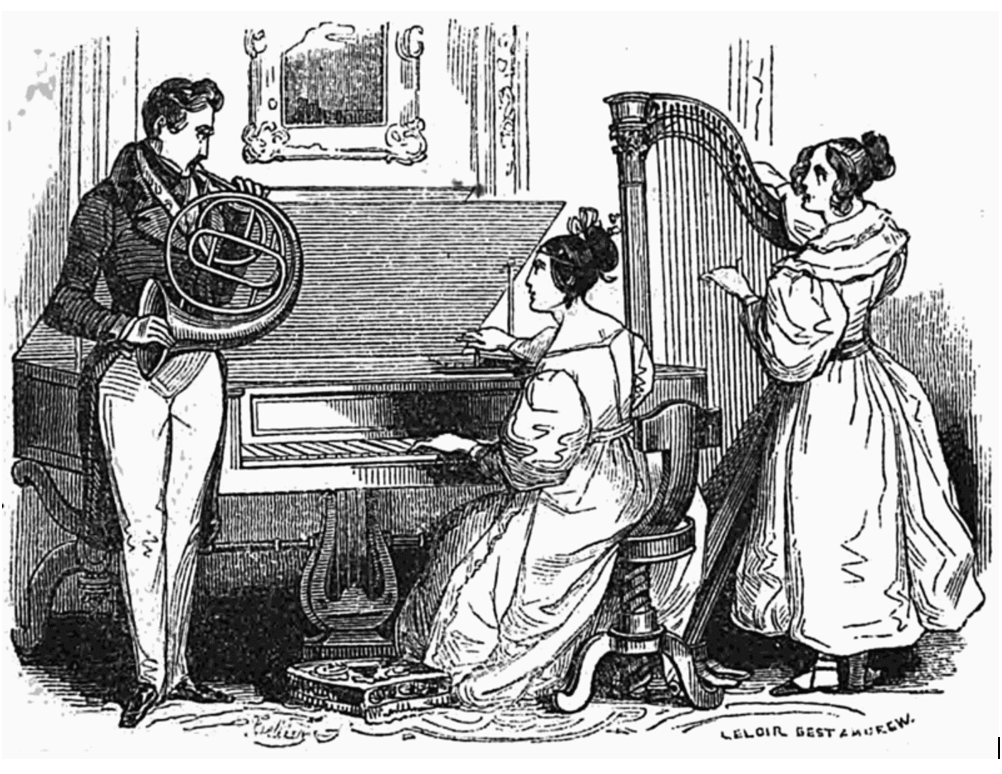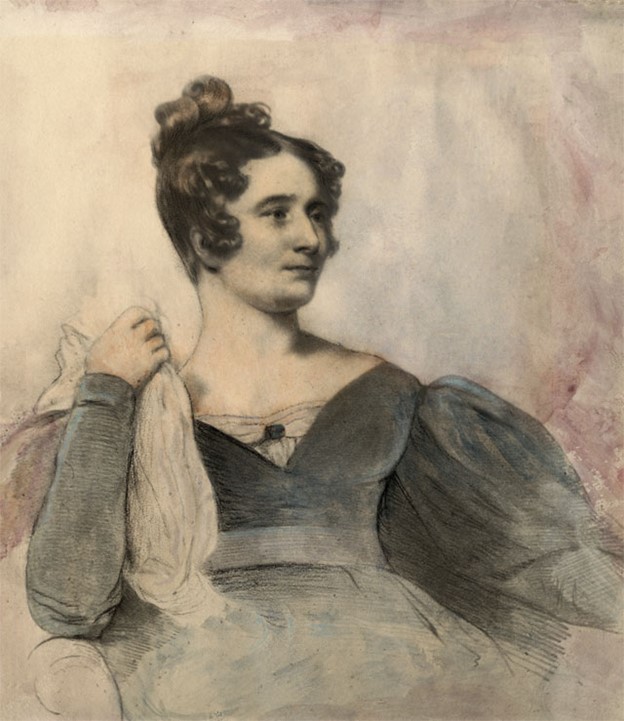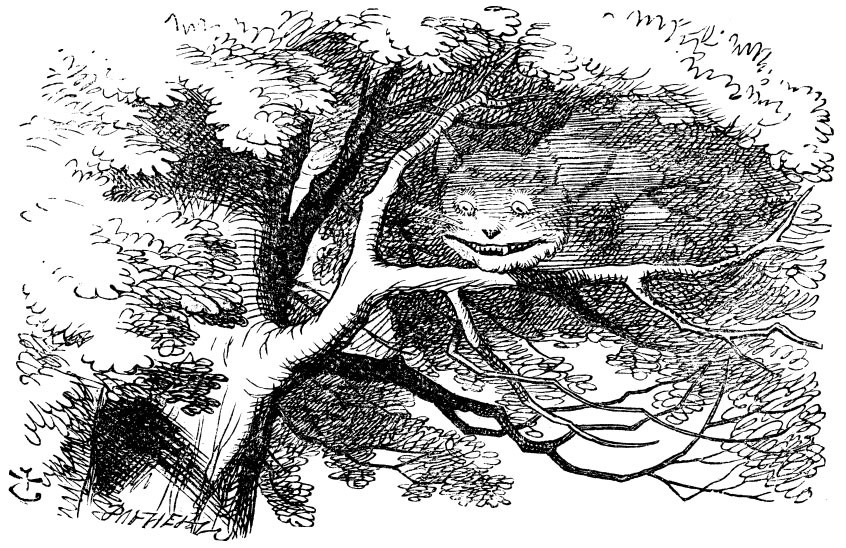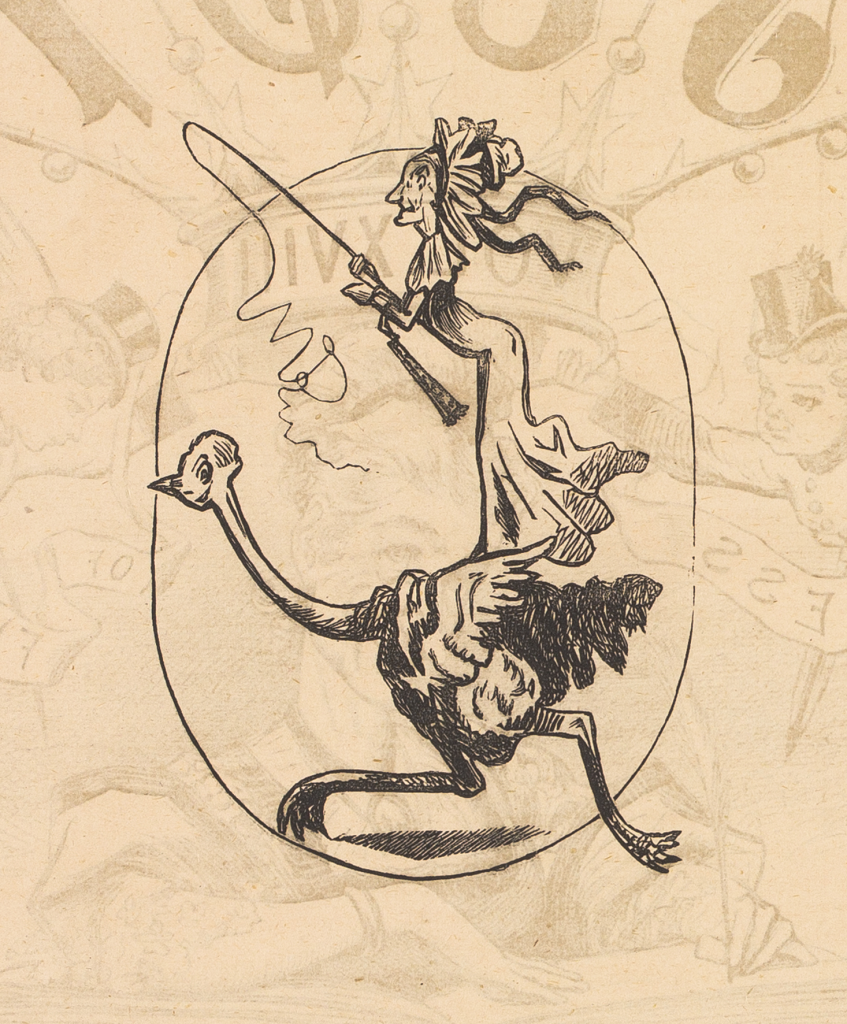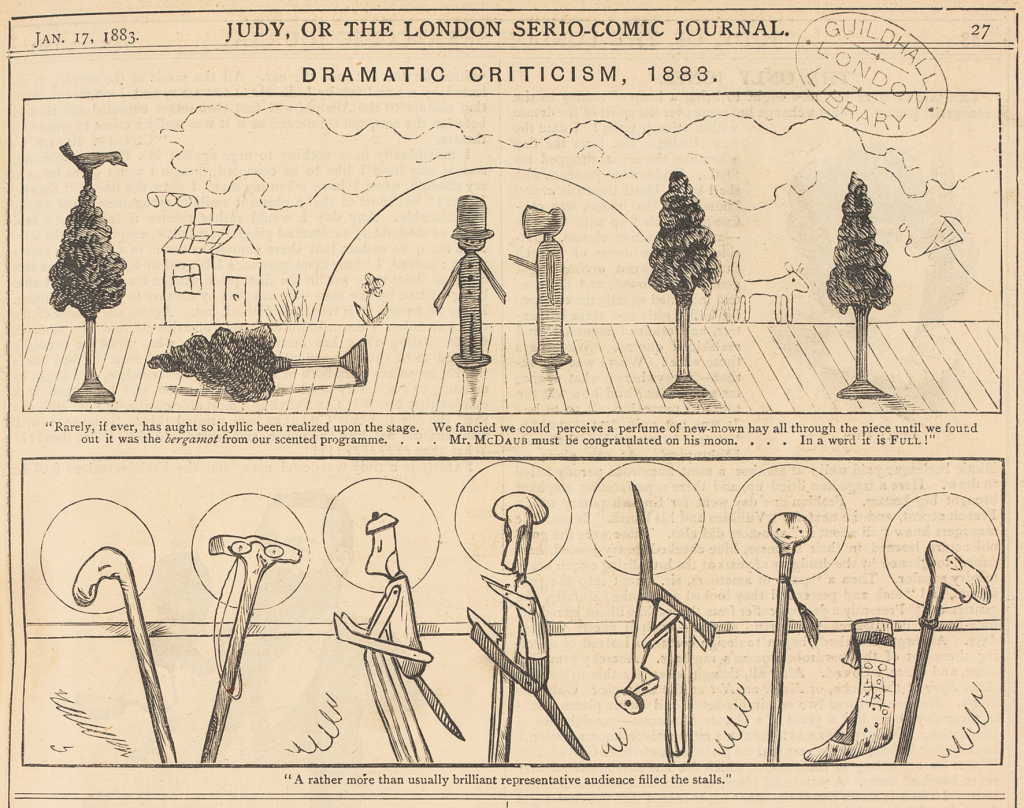Fall 2023 Newsletter
Greetings fellow Victorianists!
I hope you are all thriving and looking forward to the holidays, which will soon be upon us. As past president of the VSAO, I would like to welcome Alison Halsall as our new president and to give you an overview of this past year’s events.
Our annual spring conference was held at Glendon College on April 29, 2023. This year’s theme was “Victorian Experiments: Science, Technology, and Art” and comprised two sessions, with a lovely lunch in between and the traditional sherry hour to wrap the day up at the end. In the morning session, we heard Holly Forsythe Paul (University of Toronto) on “Owen Jones, Innovation, and Opportunities for Women in the Book Arts”; Jennifer Bates Ehlert (Emmanuel College, Boston) on “Virtue, Technology, and Cloth: The Book Cover Designs of Sarah Wyman Whitman”’ Joanna Holliday (York University) on “Double Vision: Stereoscopy and the ‘Poor Man’s Gallery’”’ and Taylor Tomko (Western University) on “Snapshots Across the Veil: The Cyborgian Agency of Ectoplasm-Producing Mediums.” After lunch, we had Laura Johnson Dahlke (Salve Regina University), “Chloroform à la reine: How the Victorian Era Changed Childbirth Practices Forever”; Martin Danahay (Brock University), “Victorian Trauma: Railway Accidents, War and the Body”; Marlis Schweitzer and Sara Masciotra-Milstein (York University), “Performance and Medical Education: Bridging the Gap Between Public and Private Phrenology”; and Alanna McKnight (Toronto Metropolitan University), “Electric Corsets: A Shocking History.” The papers were all exciting and showed the great range of Victorian studies. We were delighted to see that Martin Danahay’s paper has now been published in Victorian Studies: Danahay, Martin. “Victorian Trauma: War, Railway Accidents, and the Vulnerable Body.” Victorian Studies, vol. 65 no. 2, 2023, p. 226-246.
This past November, we had a book launch, organized by Margo Beggs, for the edited collection Nineteenth-Century Women Illustrators and Cartoonists (Manchester University Press, 2023). The launch was held on Thursday, November 9, at 6:30pm, 1190 Bahen Centre at the University of Toronto. As the editor, I gave a brief overview of the book and talked about my chapter on Florence and Adelaide Claxton. Lorraine Janzen Kooistra and Marion Tempest Grant spoke about their chapter, “‘Working against that thunderous clamor of the steam press’: Pamela Colman Smith and the art of hand-coloured illustration.” Lorraine had brought in some of her collection of Smith’s wonderful work, which we could all look at. Margo then spoke about her chapter, “The ABCs of Amelia Frances Howard Gibbon: new views on her manuscript ‘An Illustrated Comic Alphabet.’” We had a lovely audience, who asked lots of thoughtful questions, and we finished up with snacks and drinks generously provided by David Latham and Alison Halsall. Thank you also to Alison Syme for setting up the room and the AV for us.
We are in the process of planning some exciting events for 2024.
VSAO members will have seen the CFP for our annual spring conference, but here it is again for all to read:
The 56th Annual VSAO Conference will take place on April 27, 2024, at Glendon College, York University. The topic for this year’s conference is: “The Victorian World [as] a Space of Invention”: Returns to and Revisions of the Nineteenth-Century Past. The full Call for Papers is listed below. Please consider submitting a proposal!
**
“The Victorian World [as] a Space of Invention”:
Returns to and Revisions of the Nineteenth-Century Past
This year’s conference proposes to interpret the Victorian world as a space of invention, one that continues to offer opportunities for innovation and transformation for nineteenth-century creators and creators that followed.
Nineteenth-century writers, artists, and thinkers returned to past figures, narratives, and forms to define themselves in their contemporary moment and sometimes to reform their own disciplines during the Victorian period. As such, the past frequently offered a lens through which artists and creators could look at and critique their present moment. In Romola, for instance, George Eliot provides a detailed study of Florentine life during the Italian Renaissance, one that shared parallels with the philosophical, religious, and social turbulence of Victorian England. Likewise, Dante Gabriel Rossetti and the Pre-Raphaelites worshipped the abundance of detail typical of Quattrocento Italian art in the development of a new aesthetic that openly flouted the conventions of the Royal Academy of Art.
This tendency to look to the past to define one’s self and one’s aesthetic continues, while providing some insight into more contemporary concerns. Twentieth- and twenty-first-century creators continue to return to the nineteenth century and to particular Victorian art forms and narratives to reinvent, reform, or remediate them. A glance at a list of modernist and contemporary music, art, books, films, or television series confirms that a preoccupation with Victorian narratives is ubiquitous across media.
If, as Kate Mitchell suggests, “the Victorians continue to have meaning for us today because we continue to grant them meaning,” some of the questions that this conference looks to answer will include: What is it about Victorian source texts that preoccupy modern and contemporary adaptors? How is a Victorian aesthetic remediated in and by the adapted text(s)? What insights do these remediations and adaptations provide about contemporary preoccupations that are in turn projected onto the Victorians? VSAO invites proposals for papers on Victorian adaptations and their relationship with the arts and with daily life.
Papers might consider topics including, but not limited to:
- The act/art of revision, return, and/or reform
- Art and appropriation
- Victorian medievalism and a fascination with the Renaissance
- Return narratives; textual and aesthetic returns to the nineteenth century
- Victorianism, Neo-Victorianism, and 21st-century Revisions of the Victorian
- Reframing and reinterpreting (the) Victorians
- Art as adaptation
- Intertextuality and parody
- Victorian invention and/or reinvention
- Transposing the Victorians across time, space, and genre
- Gender, Adaptation, and Postfeminism
- Media Afterlives of the Victorians
- Adaptation and Evolution
- Inventors and authors, artists, or musicians
The one-day conference will be held on Saturday 27 April 2024, at Glendon College, York University.
Please send a 300-word proposal and 50-word bio (as MS Word documents) by 15 January 2024, to Alison Halsall, ahalsall@yorku.ca
Upcoming events for 2024 also include the joint ACCUTE/VSAO panel, “‘The Coming Universal Wish Not to Live’: Victorians and the Future,” to be held as part of the 2024 conference of the Association of Canadian College and University Teachers of English at McGill University in Montreal/Tiohtià:ke from June 12-15, 2024. Our wonderful graduate student reps on the ACCUTE Executive, Taylor Tomko and Nigel Finch, are currently vetting the submissions that we’ve received, and we’re looking forward to a terrific panel next June.
Thank you for reading and for supporting the VSAO! We’re looking forward to a joyful holiday and a wonderful New Year 2024 and want to wish you all the best.
Jo Devereux
Previous VSAO Newsletters
Fall 2019
Fall 2018
Spring 2018
September 2017
May 2017
September 2016
May 2016
September 2015
May 2015
September 2014
May 2014
September 2013
May 2013
September 2012
May 2012
September 2011
May 2011
September 2010
May 2010
September 2009
May 2009
September 2008
May 2008
September 2007
May 2007
September 2006
May 2006
Newsletter Archives (1968-2005)
